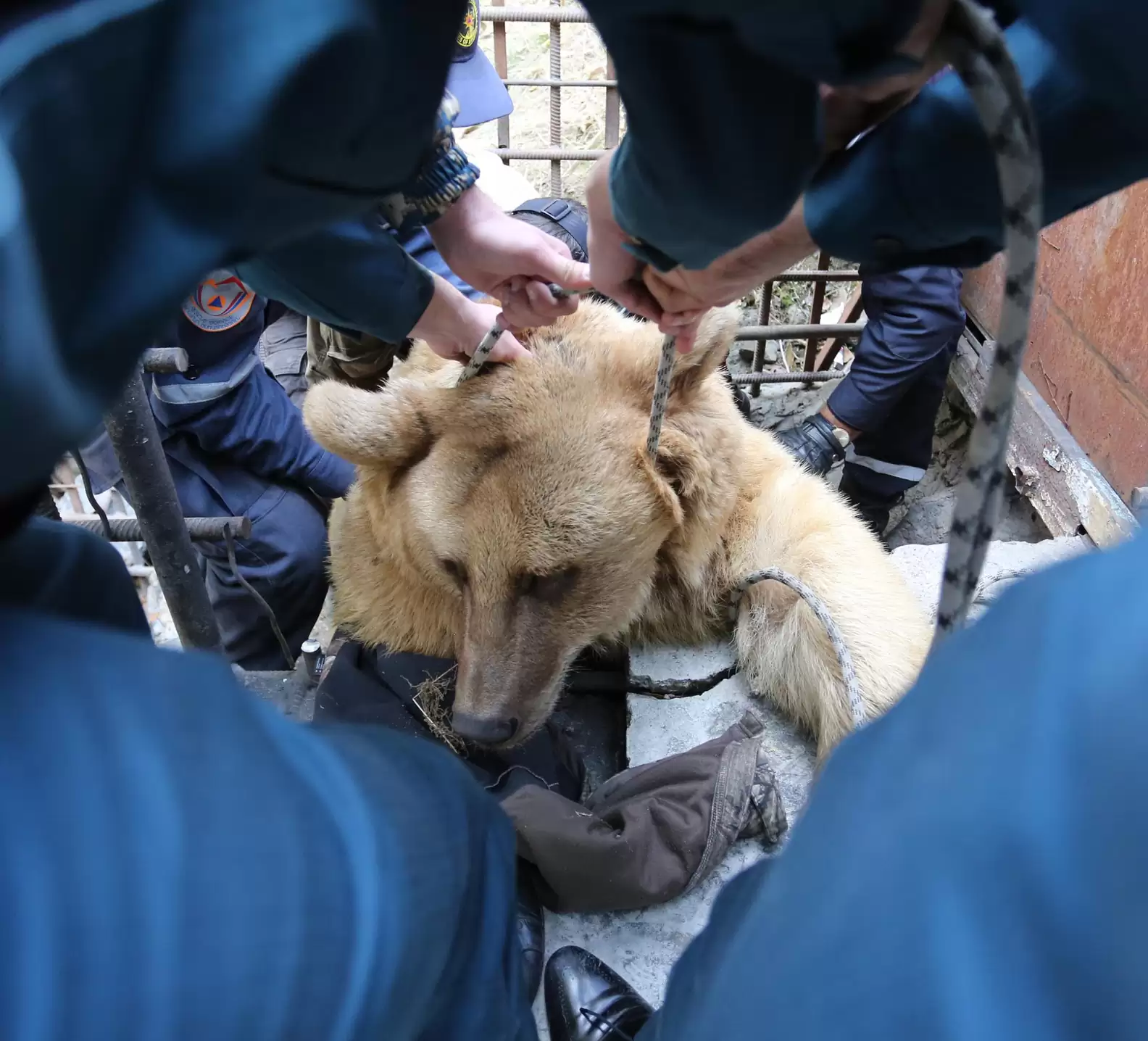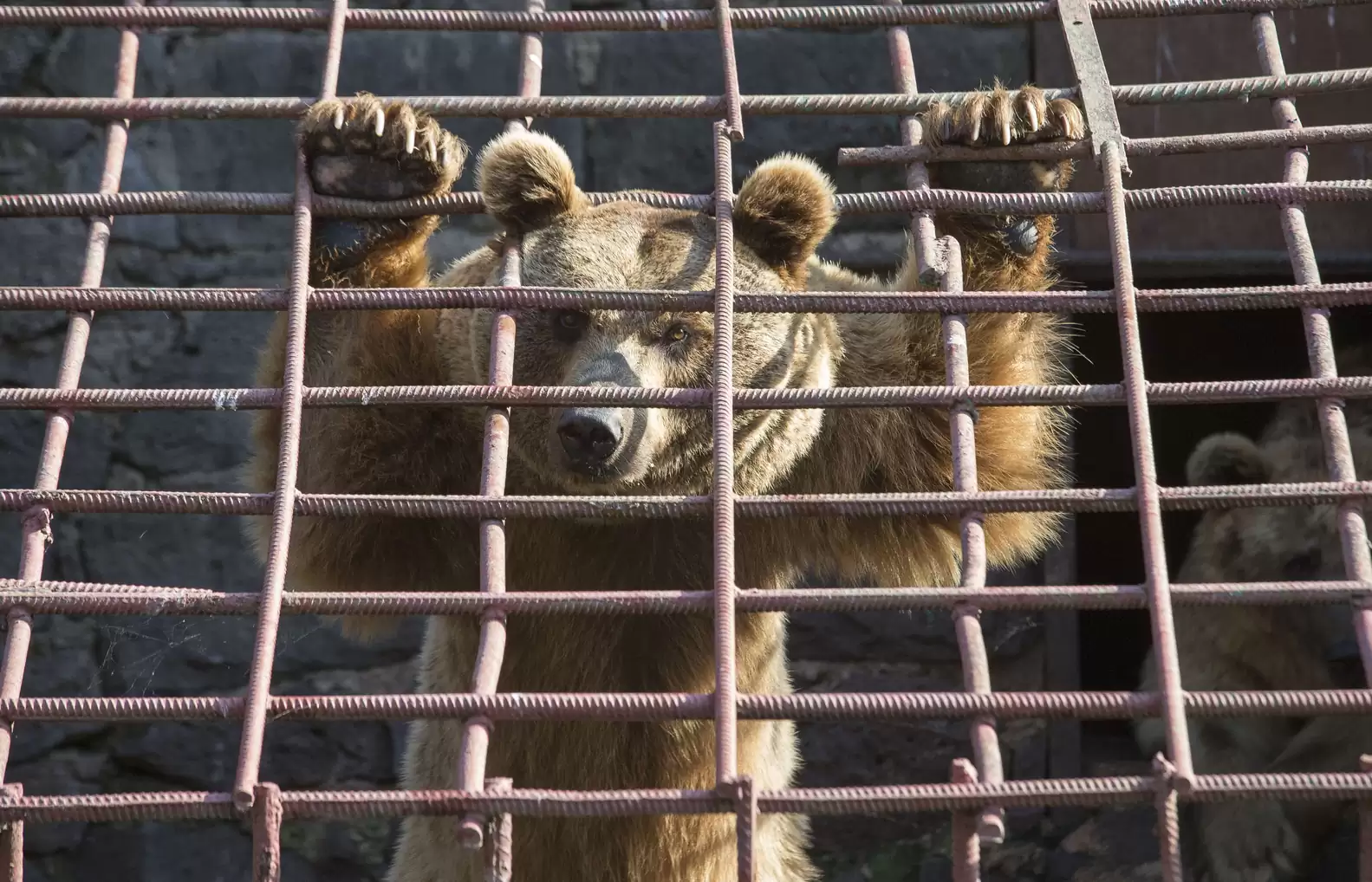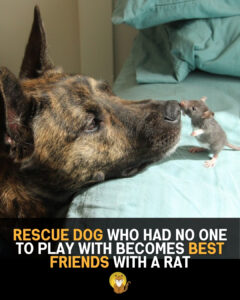Some animal rescue stories remind us why freedom should never be a privilege—it’s a right.
For ten long years, two brown bears named Misha and Dasha lived trapped inside a rusting metal cage on the banks of a river in Yerevan, Armenia. The cage was so small that when they stood, their heads nearly brushed the top. When the river swelled, cold water crept up around their paws, soaking the floor where they ate, slept, and waited.
Their lives were reduced to pacing, climbing bars, and staring across the water at the diners of a restaurant where laughter and music filled the air. Sometimes, tourists tossed scraps their way. That was how they survived.
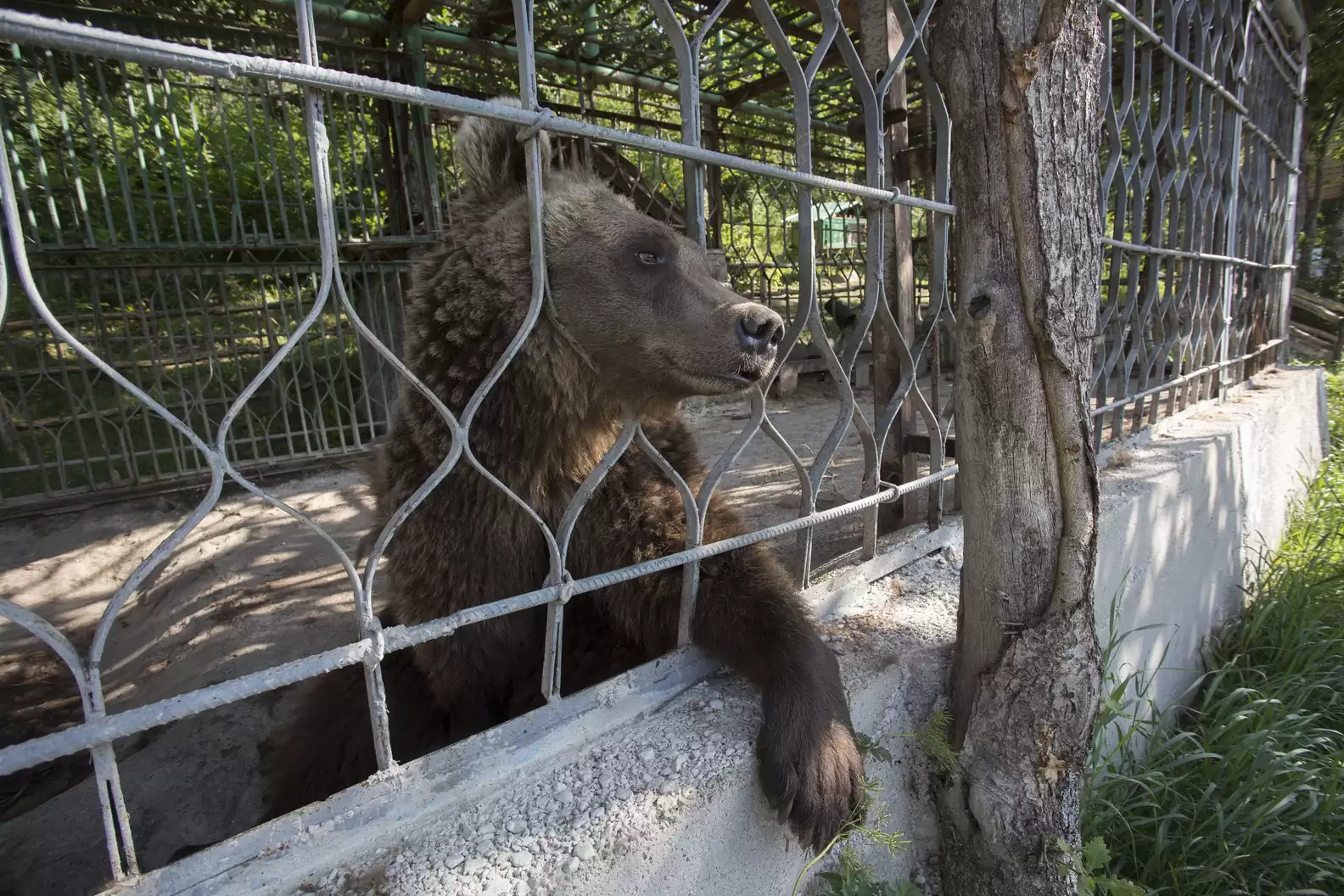
A Decade of Misery
For a decade, Misha and Dasha’s world never changed.
“They spent years deprived of their freedom and their dignity,” said Lis Key, communications manager for International Animal Rescue (IAR), the group that would one day save them. “Their boredom and frustration must have been unremitting torture.”
When the river flooded a few years ago, the bears nearly drowned—trapped in their cage as water rose around them. Rescuers later found rust marks halfway up the bars, silent proof of how close they came to death.
To anyone watching, they were just two bored bears beside a restaurant. But to those who finally intervened, they were survivors—living proof of how long animals can endure cruelty in silence.
Full Story: The Dog Who Beat Cancer – A Reunion That Moved the World
The Bigger Problem
Sadly, Misha and Dasha are not alone.
Animal welfare groups estimate that nearly 80 bears in Armenia are still kept in tiny cages at restaurants, factories, and roadside attractions—used as living props to lure tourists.
“I’ve seen it myself,” said Alan Knight, Chief Executive of IAR. “Some of these bears have been in captivity for years, pacing endlessly in cages barely bigger than a bathroom. They live on scraps, dirty water, and hopelessness. Many bang their heads or claw at the bars, desperate for escape.”
It’s a national problem that has persisted for decades—one born from poverty, outdated traditions, and lack of enforcement. But thanks to IAR and its local partner, the Foundation for the Preservation of Wildlife and Cultural Assets (FPWC), that tide is finally turning.
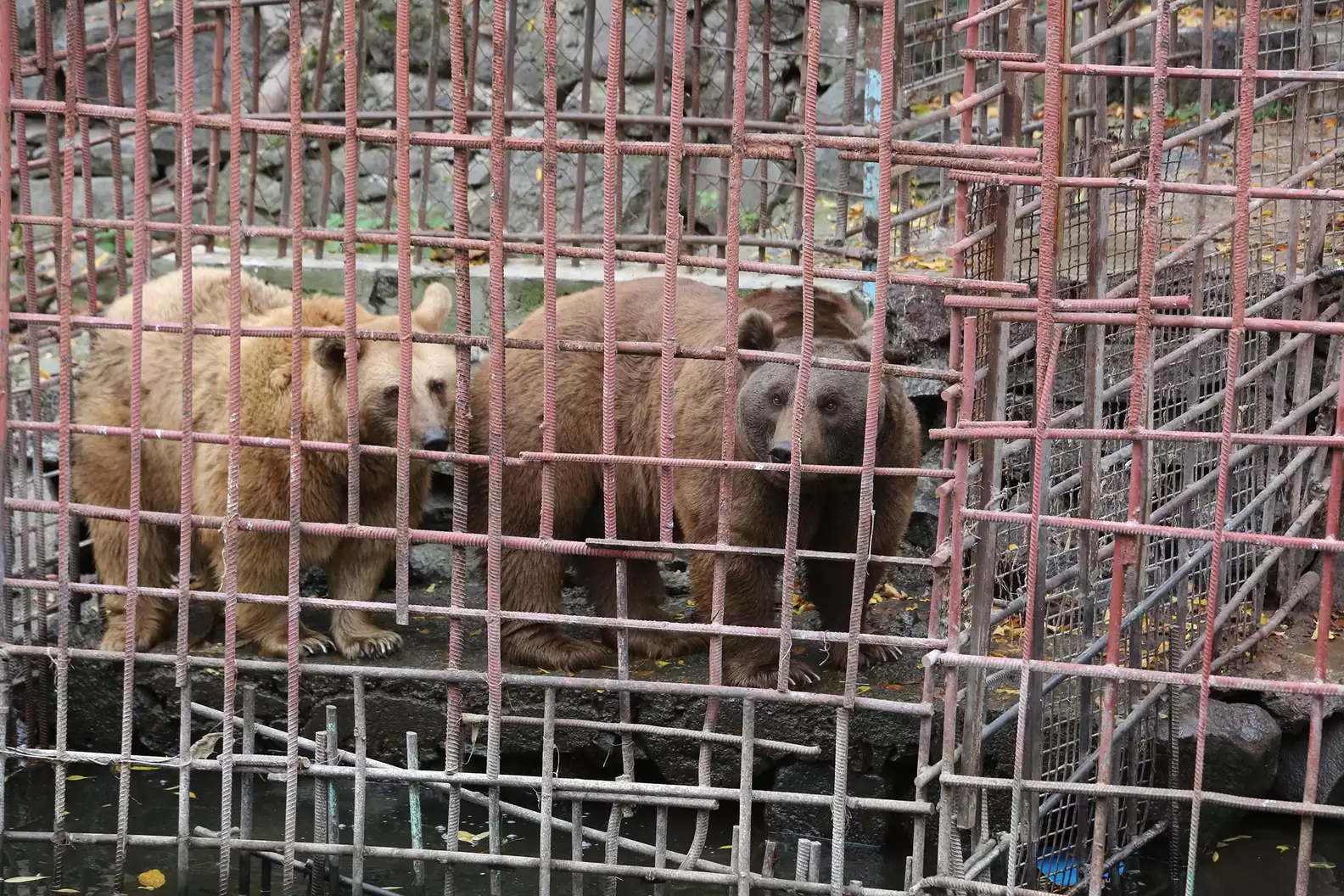
The Rescue
The breakthrough came when restaurant owners agreed to surrender Misha and Dasha to rescuers. It wasn’t easy. Their cage was welded shut, and the only way to free them was to cut through steel.
The noise of the saw terrified the bears. After so many years of silence, the grinding metal must have sounded like chaos. Rescuers tranquilized them to prevent panic and injury.
“They were extremely stressed at the noise and disturbance after so many years of relentless boredom and neglect,” Key said.
Slowly, carefully, rescuers pulled the bears from the cage and onto a truck bound for safety—a sanctuary in the Armenian mountains, far from gawking tourists and blaring traffic.
Freedom at Last
For the first time in a decade, Misha and Dasha could stretch, breathe clean air, and touch grass under their paws.
“They will be treated with compassion and respect,” Key said. “They’ll finally be able to behave like bears—not as objects for people to gawp at.”
At the sanctuary, the two are beginning to rediscover what freedom feels like: climbing trees, foraging, and swimming without fear of rising water. They are, for the first time, allowed to be themselves.
Actor Neil Morrissey, a long-time IAR supporter, called the mission “a small miracle of compassion.” “After years of misery and neglect,” he said, “an end to their suffering can’t come soon enough.”
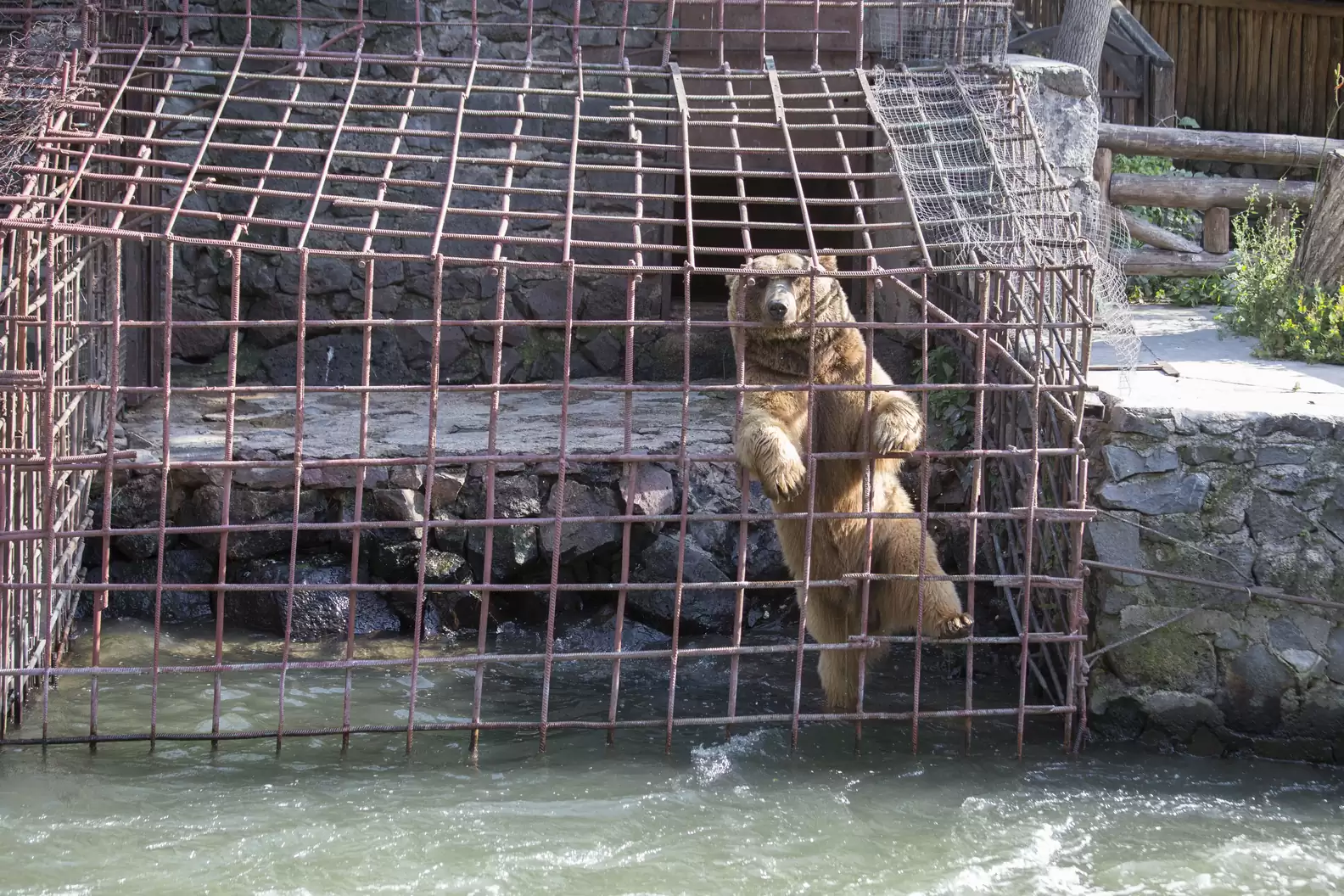
Also Read: The Guardian with Four Paws – A Story of Love, Loyalty, and Healing
The Great Bear Rescue
This is just the beginning. The operation to free Misha and Dasha is part of a larger mission called The Great Bear Rescue, led by IAR and FPWC. Their goal: to track down and free every captive bear in Armenia—one cage at a time.
Each rescue takes negotiation, funding, and time. Some owners resist letting go. Others simply don’t know any better. But awareness is growing, thanks to global media attention and people willing to donate to the cause.
Every dollar helps build better enclosures, medical facilities, and sanctuaries where the rescued bears can live out their days in peace.
And every success story—like Misha and Dasha’s—adds pressure for change, proof that compassion is stronger than cruelty.
A New Chapter in Armenia
Misha and Dasha’s freedom marks a turning point for Armenia, a country slowly redefining how it treats wildlife. The government is now working more closely with NGOs to close down illegal exhibits and relocate animals to sanctuaries.
For many Armenians, the story of these two bears has become a symbol of transformation—proof that empathy is not weakness, but strength.
When visitors now see bears roaming free in the sanctuary instead of pacing in a cage, it’s a reminder that progress is possible, one rescue at a time.
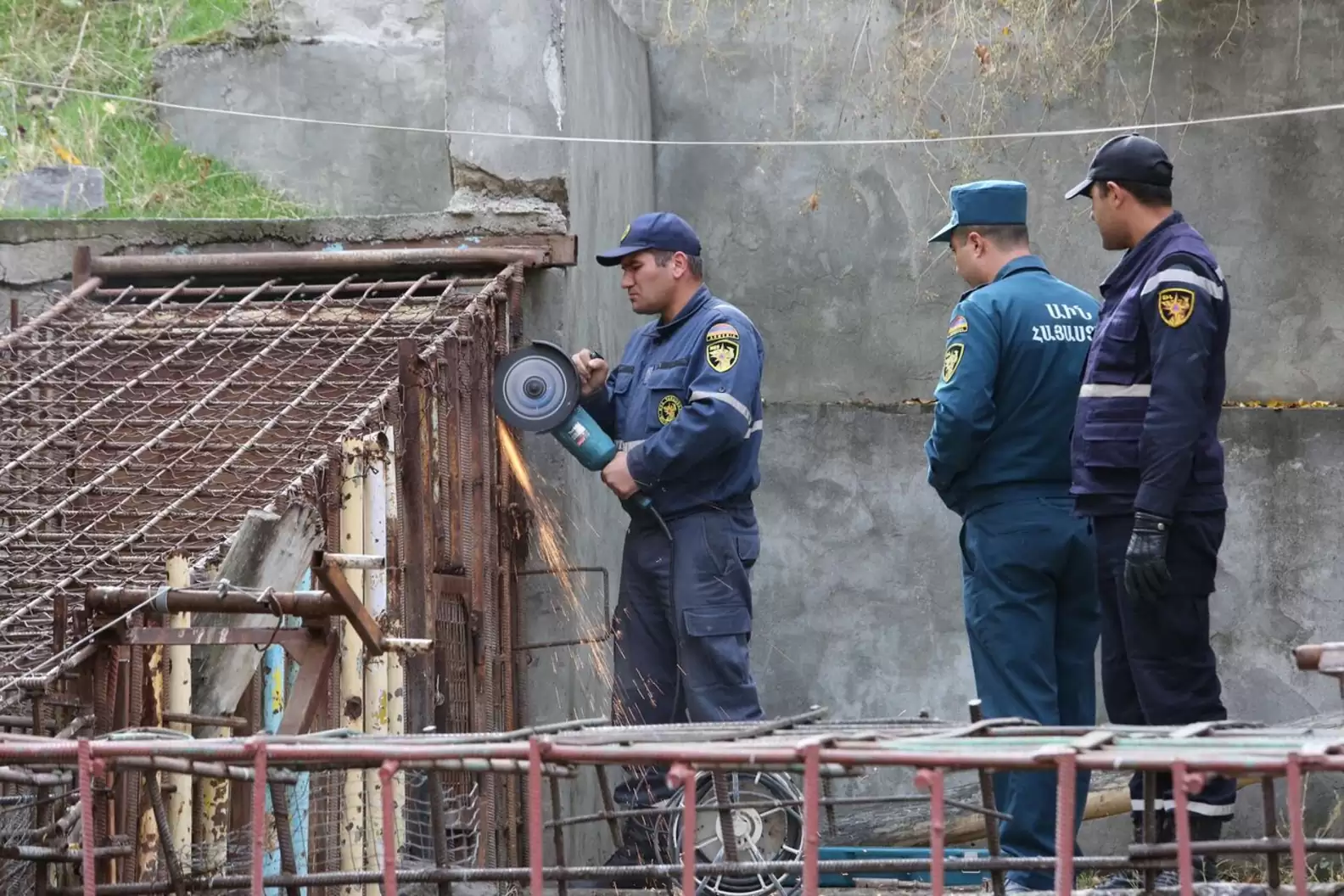
A Final Reflection
Animal cruelty thrives in silence. But stories like this break that silence wide open.
Ten years in a cage cannot be undone—but ten years of pain can lead to a lifetime of freedom.
As the sun sets over the mountains where Misha and Dasha now roam, their pawprints mark more than dirt. They mark a movement—a promise that no animal should ever be forgotten behind bars again.
Because some animal rescue stories don’t just save lives. They change how we see life itself.
